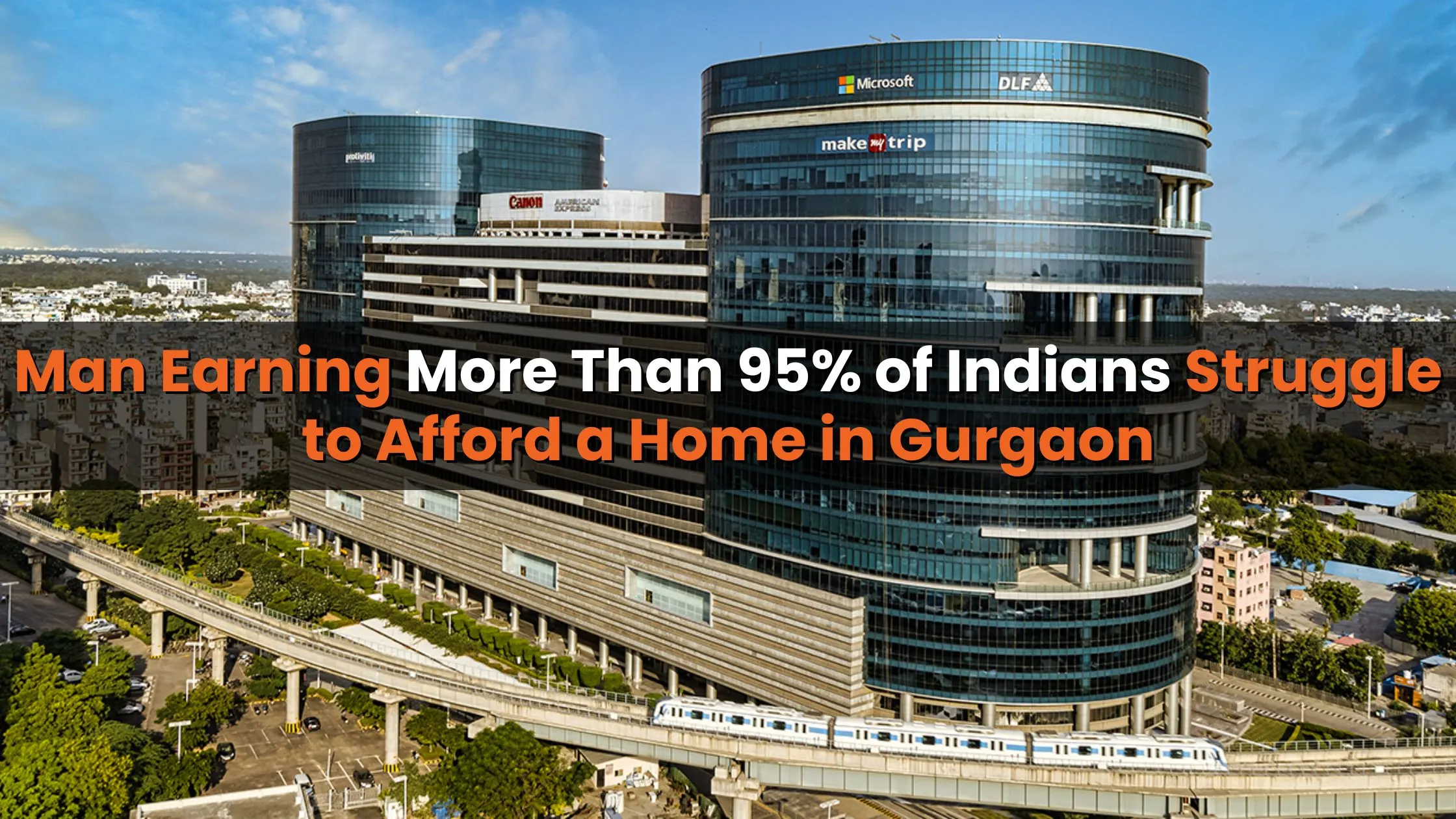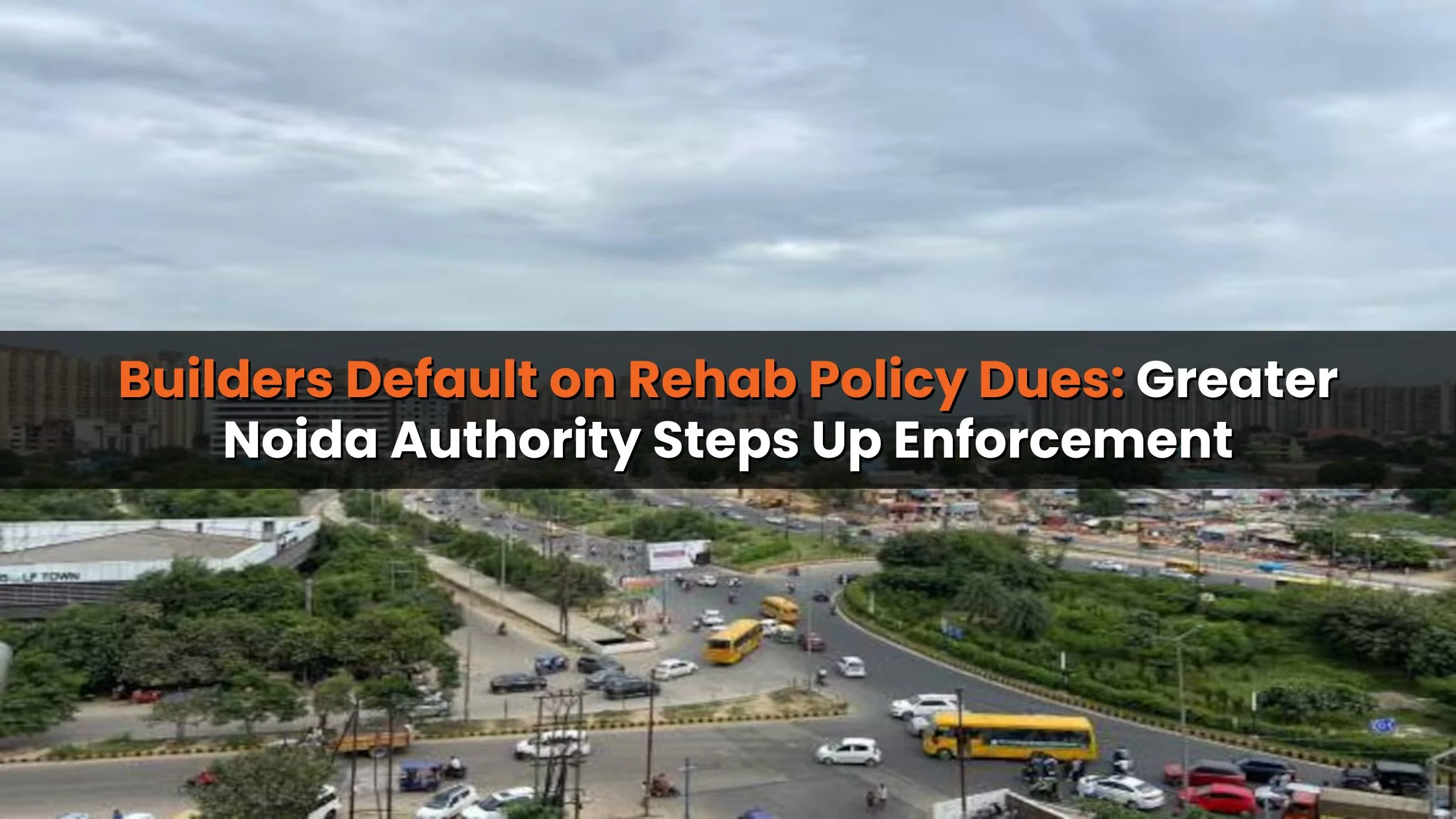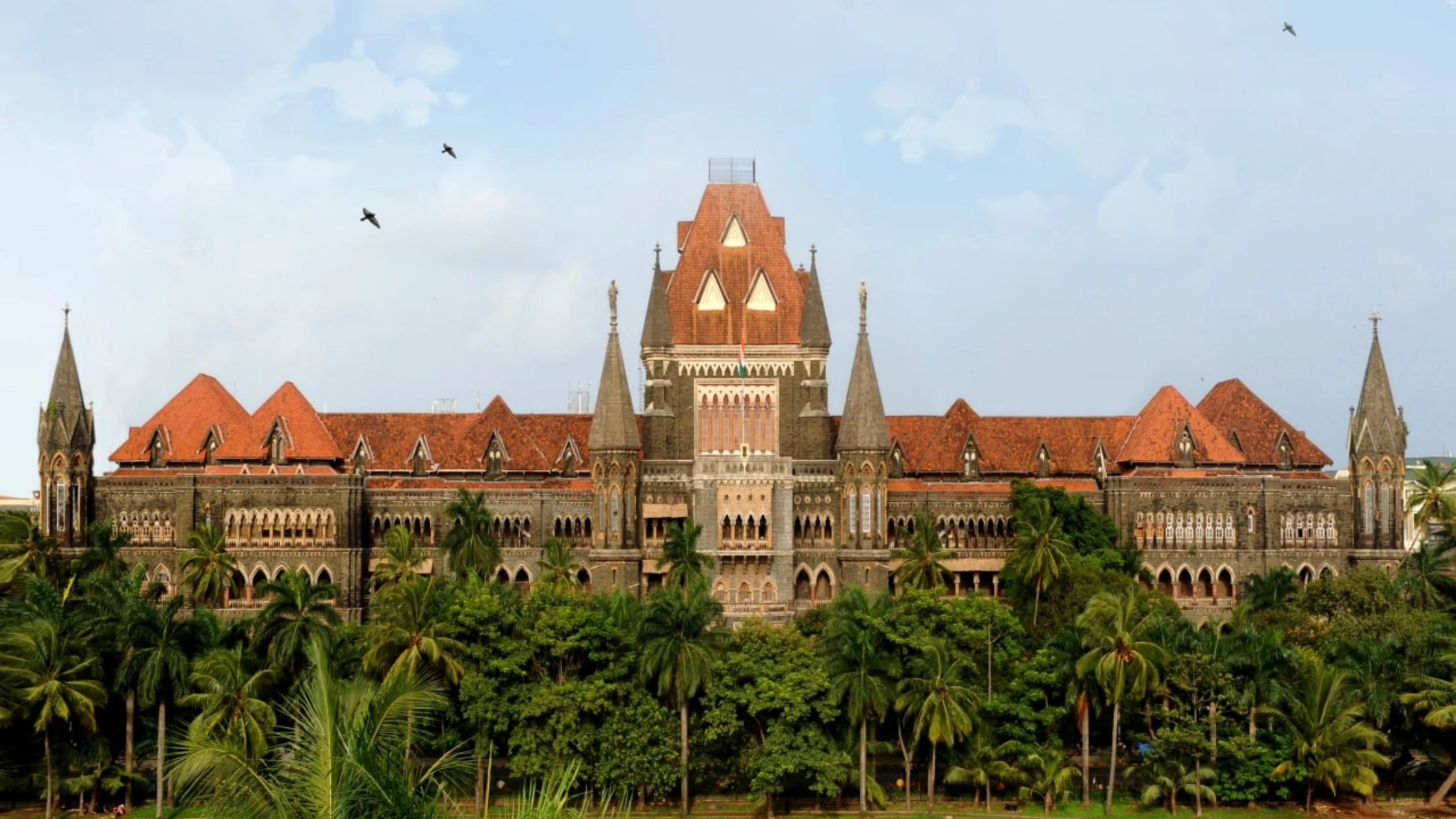Table of Content
Gurgaon, often hailed as India’s millennium city, is a thriving hub for real estate development and economic opportunities. Yet, the spiraling costs of property in the city paint a grim picture of affordability, even for high-income earners. The story of a techie earning ₹20 lakh annually but unable to buy a home in Gurgaon has sparked widespread debate on the cost of living and the state of the real estate market.
This article delves into the challenges faced by salaried professionals, the reasons behind Gurgaon’s skyrocketing property prices, and the broader implications on lifestyle and financial planning.
Understanding Gurgaon’s Real Estate Market
Gurgaon is synonymous with luxury housing. The city boasts high-end residential complexes equipped with infinity pools, Zen gardens, biometric lifts, and Italian marble-clad interiors. However, this opulence comes at a staggering cost.
The average price for an apartment in Gurgaon starts at ₹2.5 crore, making it a playground for investors and high-net-worth individuals. Unfortunately, this leaves salaried professionals struggling to find affordable housing options, pushing them to the periphery of the city or entirely out of the market.
Also Read: RBI’s 50 bps Rate Cut: Lower EMIs and Higher Borrowing Power for Buyers
The Techie’s Dilemma
A recent discussion on social media highlighted the plight of a tech professional earning ₹20 lakh per year. Despite taking home ₹1.2 lakh monthly after taxes and deductions, he remains unable to afford a house in Gurgaon.
Living a modest lifestyle with no car, children, or extravagant spending habits, he found that purchasing a ₹2.5 crore home would leave him “paycheck to paycheck.” The financial strain would eliminate any buffer for vacations, emergencies, or savings.
Why the Real Estate Market Feels Inaccessible
1. Investor-Driven Market
Gurgaon’s real estate is dominated by investors who buy luxury properties in bulk, often leaving them vacant for years. This drives prices beyond the reach of genuine homebuyers, creating an artificial scarcity of affordable housing.
2. Tax and Income Disparities
A significant portion of India’s wealthy population either underreports or avoids declaring their true income, enabling them to purchase expensive properties. Salaried individuals, on the other hand, bear the brunt of taxes, leaving them with limited disposable income for such investments.
3. Lack of Affordable Housing
While luxury developments thrive, the lack of mid-income and budget-friendly housing projects has created a significant gap in the market. For many, the dream of owning a home in Gurgaon remains just that—a dream.
Public Sentiments and Reactions
Social media was abuzz with reactions to this techie’s plight:
- “Is 95% really earning less, or is it just the taxpayers being considered here?” questioned one user.
- Another remarked, “The market is skewed towards investors; genuine buyers are left out.”
- Others pointed to the psychological and emotional toll of striving for homeownership in an unbalanced market.
What’s Driving the Affordability Crisis?
- Unregulated Growth in Luxury Housing: Builders focus on high-margin luxury projects.
- Investor Hoarding: Properties remain underutilized, inflating prices.
- Urban Planning Gaps: Insufficient government intervention in promoting affordable housing.
- Inequality in Income Distribution: The widening gap between salaried employees and business owners.
Can There Be a Solution?
To address the crisis, systemic changes are needed:
- Affordable Housing Policies: Developers should be incentivized to create mid-income housing.
- Tax Reforms: Strengthening tax compliance to ensure equitable contributions from all sections of society.
- Market Transparency: Measures to reduce speculative buying and increase accessibility for end-users.
- Enhanced Financial Literacy: Educating buyers on aligning their financial plans with market realities.
Impact on Lifestyle and Aspirations
For many high-income earners, housing costs redefine aspirations and measures of success. The inability to buy a home despite earning more than 95% of the population raises questions about what financial stability means in modern India.
The psychological toll of navigating this unbalanced market is immense, leaving many juggling daily expenses, struggling to save, and reevaluating their priorities.
Also Read: Bengaluru RWAs Set Green Example on World Environment Day 2025
Conclusion
The story of a man who “earns more than 95% of India” yet can’t afford a home in Gurgaon underscores the growing disparity in the Indian real estate market. While Gurgaon continues to attract investors and developers, its housing market remains inaccessible to the very professionals who contribute to its growth.
The path to homeownership in such cities requires systemic reform, better financial planning, and, most importantly, a rethinking of how success and affordability are defined. For salaried professionals, the hope remains that someday, owning a home won’t feel like an unattainable luxury.
Follow AquireAcers Whatsapp Channel to Stay Updated With The Latest Real Estate News







Ans 1. Gurgaon’s real estate market is driven by luxury housing projects, investor dominance, and speculative pricing. Limited affordable housing options and high demand for premium properties further inflate costs.
Ans 2. For a standard ₹2.5 crore home, buyers typically need a down payment of ₹50 lakh and a stable income to support EMIs exceeding ₹1.8 lakh monthly, making it accessible mostly to high-net-worth individuals or dual-income households.
Ans 3. Despite earning ₹20 lakh annually, the high costs of property in Gurgaon, combined with significant taxation and living expenses, leave limited room for home loan EMIs without financial strain.
Ans 4. Investors often purchase luxury properties in bulk, keeping them vacant or reselling at inflated prices. This creates artificial scarcity and drives up costs, sidelining genuine homebuyers.
Ans 5. No, this trend is visible in other metropolitan areas of India as well. However, Gurgaon’s focus on luxury developments exacerbates the problem, leaving minimal options for mid-income buyers.
Ans 6. Many professionals face stress and frustration, feeling financially unstable despite high incomes. It redefines aspirations, with homeownership becoming a long-term goal rather than an immediate possibility.
Ans 7. While affordable housing projects exist, they are limited in number and often located on the city’s outskirts, making them less accessible or desirable for many professionals.
Ans 8. Public sentiment highlights frustration with an investor-driven market and unequal income reporting. Many argue that the system is skewed against genuine salaried buyers.
Ans 9. Gurgaon’s luxury segment places it among the most expensive cities, comparable to Mumbai and parts of Delhi, but affordability varies based on location and property type.